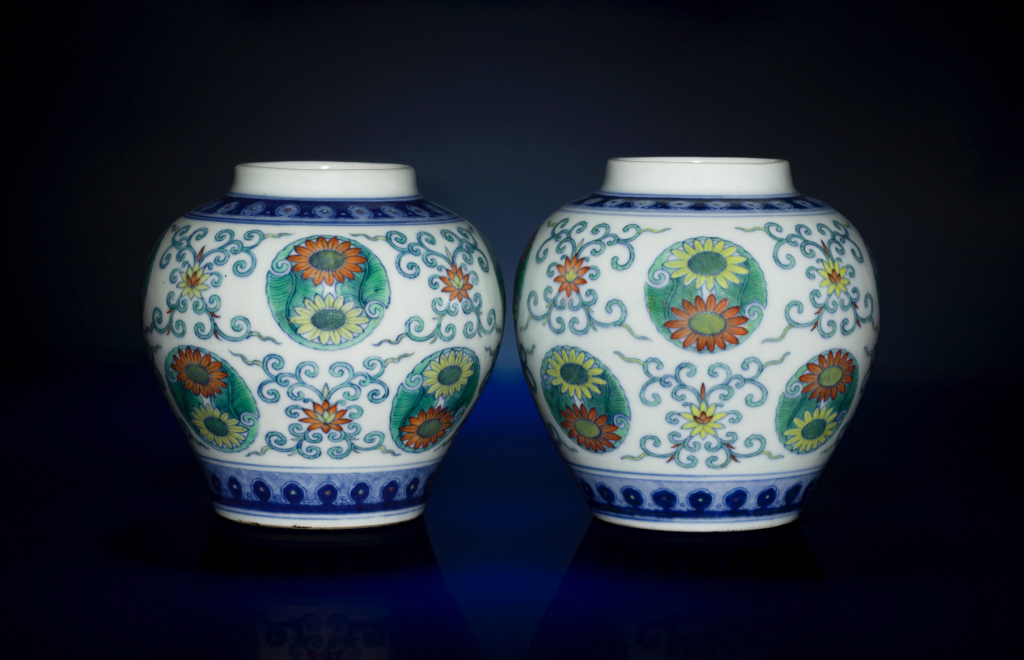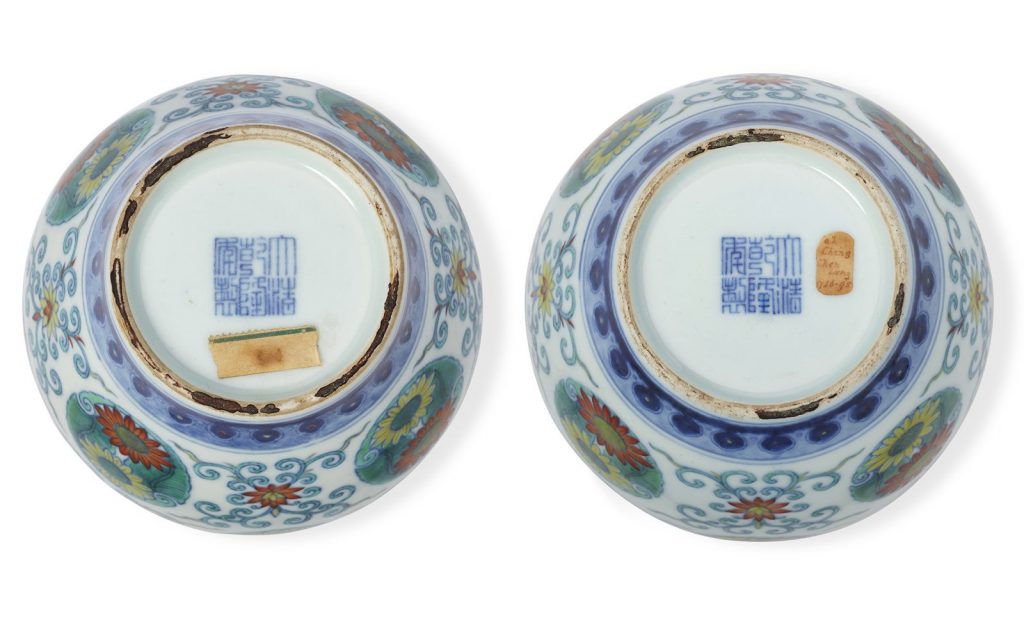Auctions
Two Miniature Qing Dynasty Jars, Snapped Up at a U.K. Thrift Store for $25, Just Sold for More Than $74,000 at Auction
The 18th-century jars bear the mark of the fourth emperor of the Qing dynasty.

The 18th-century jars bear the mark of the fourth emperor of the Qing dynasty.

Artnet News

A pair of Qing dynasty jars exceeded their $63,000 estimate at London auction house Roseberys, selling for $74,318—or nearly 3,000 times the $25 that the seller paid for them at a charity shop.
“These jars are extremely well-potted and painted with great skill and finesse,” the auction house’s Bill Forrest told Artnet News before the sale. “Of course, charity shops can be forgiven for overlooking such specialized objects as these due to the volume and variety of donations they receive.”
The seller has pledged to donate some of the proceeds from the sale to the shop where the items were bought.

A pair of Qing dynasty jars sold for $74,318. Photo: courtesy Roseberys.
Decorated with blooming red and yellow chrysanthemum heads, along with lotus flower tendrils, the 4.5-inch-high jars were fired in the imperial kilns of Jingdezhen, Jiangxi province. Chrysanthemums have been a popular motif in Chinese art for centuries, associated with wealth and longevity. Vessels with the same pattern have appeared in major porcelain exhibitions in China and Japan.
On their bases, in underglaze blue, the works bear the mark of the Qianlong Emperor, the fifth of the Qing dynasty, who reigned from 1735 to 1796, after which time he abdicated, so as not to rule longer than his grandfather.
The vases were created using the doucai technique, in which parts of the design are painted in underglaze blue before firing; artists added the rest in variously colored overglaze enamels, finally firing the jars at a lower temperature to set the full pattern. Among the possible translations for the term are “contrasted colors” or “dove-tailed colors.” The style originated in the Jingdezhen imperial factories where these works were created.
The May 16 sale, including Chinese, Japanese, and Southeast Asian art, featured several other items that soared past their estimates. Among them were a pair of Chinese zitan lantern stands, with a high estimate of around $6,000, that commanded nearly $89,000; and a Qing dynasty dish with the same high estimate that fetched more than $121,000.
More Trending Stories:
A Sculpture Depicting King Tut as a Black Man Is Sparking International Outrage